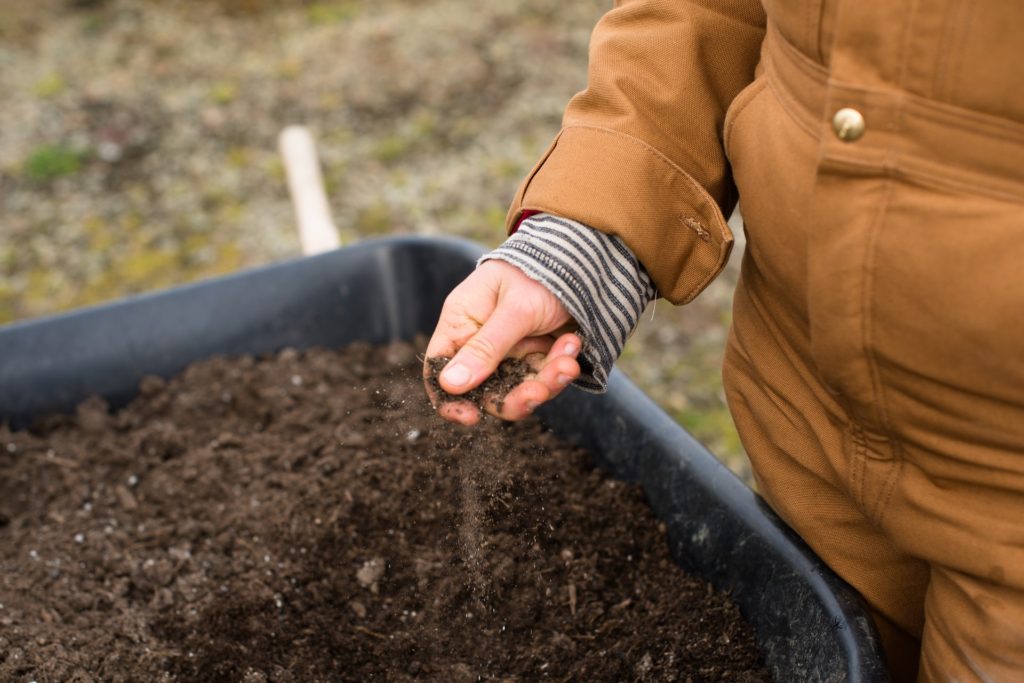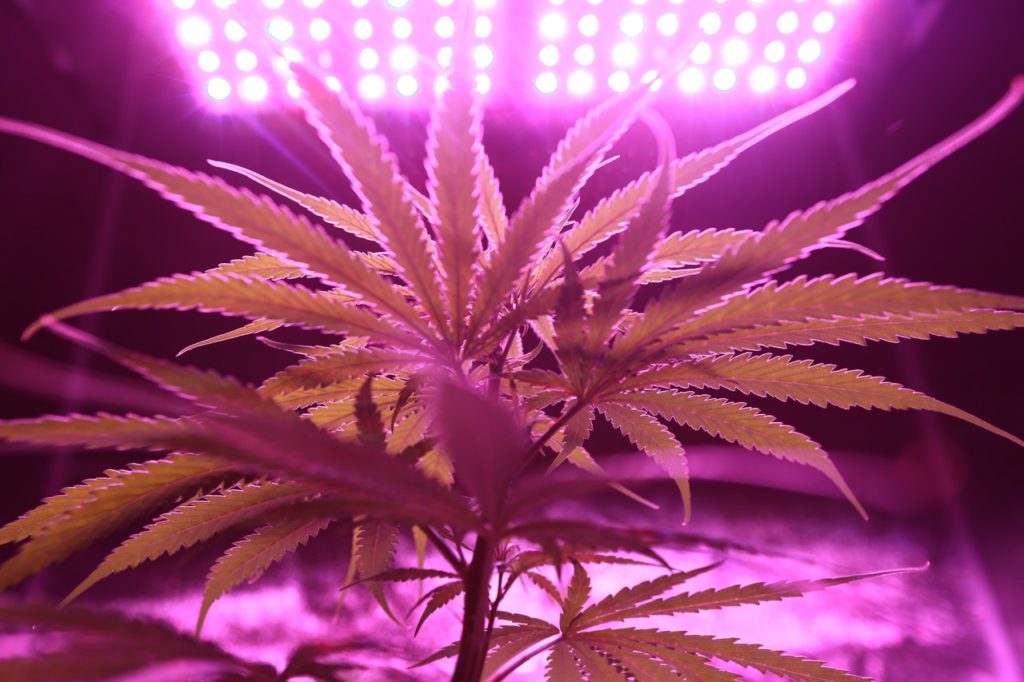Sustainability is no longer just a lifestyle practice. It’s now an important business aspect and as its popularity grows, the need for businesses to adapt is becoming more apparent. However, adopting sustainable practices is not so easy for businesses in the cannabis industry. From reducing energy and water consumption to cutting emissions, cannabis grow facilities face unique challenges when it comes to creating sustainable operations.
The following is a breakdown of some of the common challenges.
Challenges facing cannabis facilities when it comes to sustainability
- High water consumption. Cannabis requires a lot of watering to maintain plant health. However, water is not a finite resource, plus water bills can run very high, therefore, there’s a need for sustainable watering practices.
- Energy usage. Growing cannabis indoors has many benefits including quality control and all-year growing, but indoor facilities consume a lot of energy. HVAC systems and lighting particularly use a large amount of electricity which is not only unsustainable, but contributes to high operational costs as well.
- Carbon Dioxide (CO2) Enrichment. The practice of introducing carbon dioxide into facilities to boost plant growth is now prevalent. However, care must be taken because CO2 is one of the greenhouse gases that contribute to climate change.
- High volumes of waste. Plant waste is one of the two primary sources of waste in the cannabis industry. Packaging waste from cannabis products is the other. Unfortunately, some regulations make it harder for cannabis facilities to be sustainable since they require that cannabis waste be mixed with approved non-consumable material before being sent to landfills. This practice is to dissuade anyone from going after the discarded plant waste, but it results in twice the amount of waste being created and sent to landfills.
Despite these challenges, creating sustainable facilities will continue to be a big issue, especially as regulatory bodies catch up to the need for more sustainable cultivation practices.
How to create a sustainable grow facility
Creating a sustainable cannabis grow facility won’t happen overnight and it involves taking care of a lot of details. However, there are some aspects that will help you achieve sustainability faster.
The use of organic soil and nutrients

Where possible, it’s an excellent idea to opt for organic soil and nutrients. Organic soil is not only sustainable, but plants grown in this type of soil tend to have more robust aroma and flavor profiles. In indoor facilities that grow crops hydroponically instead of using soil, growers can use organic or sustainably sourced hydroponic mediums. These will help decrease any negative environmental impact.
Adopting the best watering practices for a sustainable commercial grow facility
One of the best ways to save water in grow facilities is by adopting hydroponic growing. Although there’s a common misconception that hydroponic growing requires more water since it’s a water-based cultivation method, this method actually uses less water. In fact, hydroponic grows require up to ten times less water compared to soil grows.
Besides hydroponic growing, drip irrigation is another great method for saving water. While flushing plants with a large amount of water results in runoff and inefficient water use, drip irrigation is more efficient. When done correctly, drip irrigation results in less water waste and more consistent yields. Many crops, and cannabis, in particular, are known to thrive when watered using a good drip irrigation system.
Sustainable watering practices also extend to collecting and recycling water. Growers, especially those in water-scarce areas may want to collect rainwater and store it for future use. Using rainfall is cost-effective and it provides a useful supplemental water source during drier times. When it comes to water recycling, runoff and vapor are the two primary sources of recyclable water.
Choosing an efficient HVAC system
HVAC systems tend to be energy-intensive components of any commercial grow operation. Nonetheless, the right choice of HVAC can make all the difference when it comes to sustainability. For instance, growers now have access to HVAC systems that are specifically built for indoor grow facilities. Because they are tailored to the unique demands of grow facilities, these systems are more energy efficient and a good option for promoting sustainability.
Opting for sustainable lighting options

Supplemental lighting presents one of the best opportunities to reduce energy consumption and increase sustainability in the grow room. For example, LED lighting remains a top option when it comes to energy efficiency, flexibility and lifespan.
Typical LED lighting has an expected decline of just 10% over 36,000 operating hours (about four years of operation) whereas HPS lighting typically requires replacing every 5,000 hours. This means that LED lights will ensure consistent harvests and more efficient energy consumption over a longer period.
Although the initial cost of LED lighting may be high, the long-term savings are greater than what you would achieve with less efficient options such as HPS lighting. Consequently, being strategic about lighting choices instead of only considering costs will help increase your facility’s sustainability.
Getting the right waste disposal solutions for your grow room
Due to the large amounts of waste produced in the cannabis industry, proper composting is essential to ensuring sustainability. Composting is a beneficial way to reuse organic waste and reduce the waste that lands in landfills.
Composting will improve soil health while:
- limiting the use of chemicals on growing crops
- giving plants the nutrients they require to thrive
As a result, you will enjoy various benefits such as erosion reduction, improved soil tilth, balanced pH levels, and increased plant root depth.
Consider automation
You can improve grow facility sustainability by capitalizing on automation. For example, grow room controllers can help you turn equipment on and off at the right times, thus improving efficiency and sustainability.
Automation can have a significant effect on your sustainability efforts since it can be applied to various critical aspects of the grow facility including grow lights, dehumidifiers, fans, nutrients, and CO2 supplementation systems.
Utilizing your sustainable grow room facility
Because cannabis is a resource-intensive endeavor, the need for sustainability is increasingly taking center stage. Any step taken towards reducing, reusing and recycling will go a long way in creating a more sustainable cannabis industry. The beauty of sustainability in the industry is that it in addition to having a positive impact on the planet, it helps increase profitability and efficiency as well.